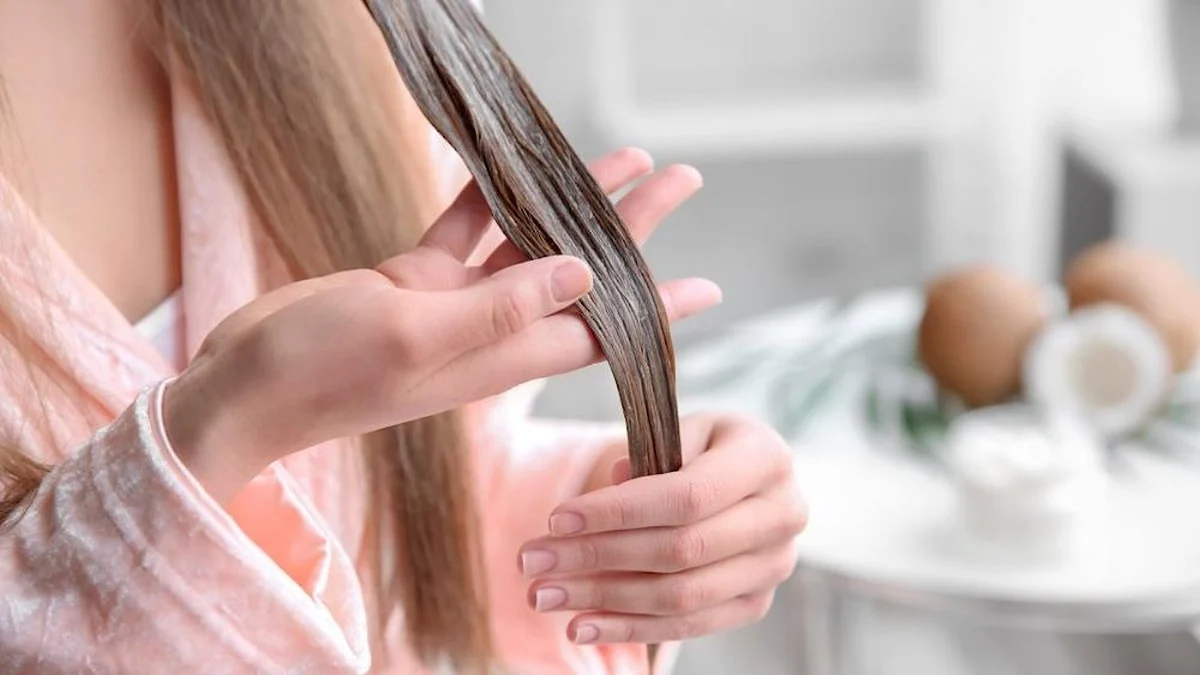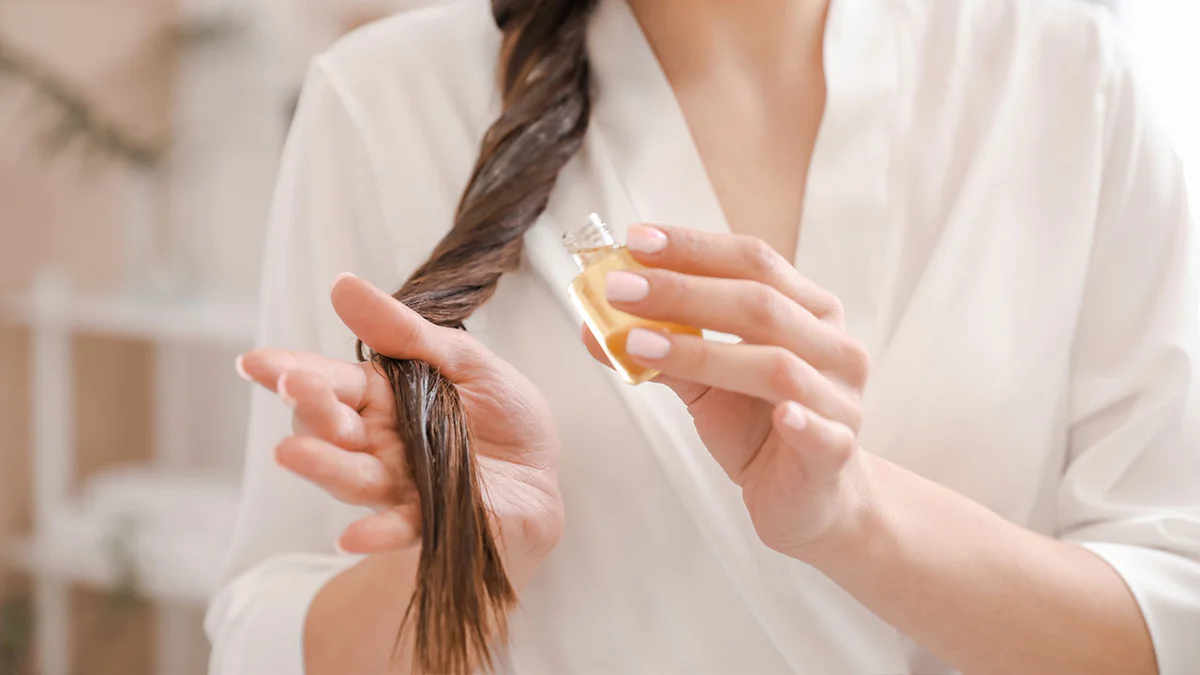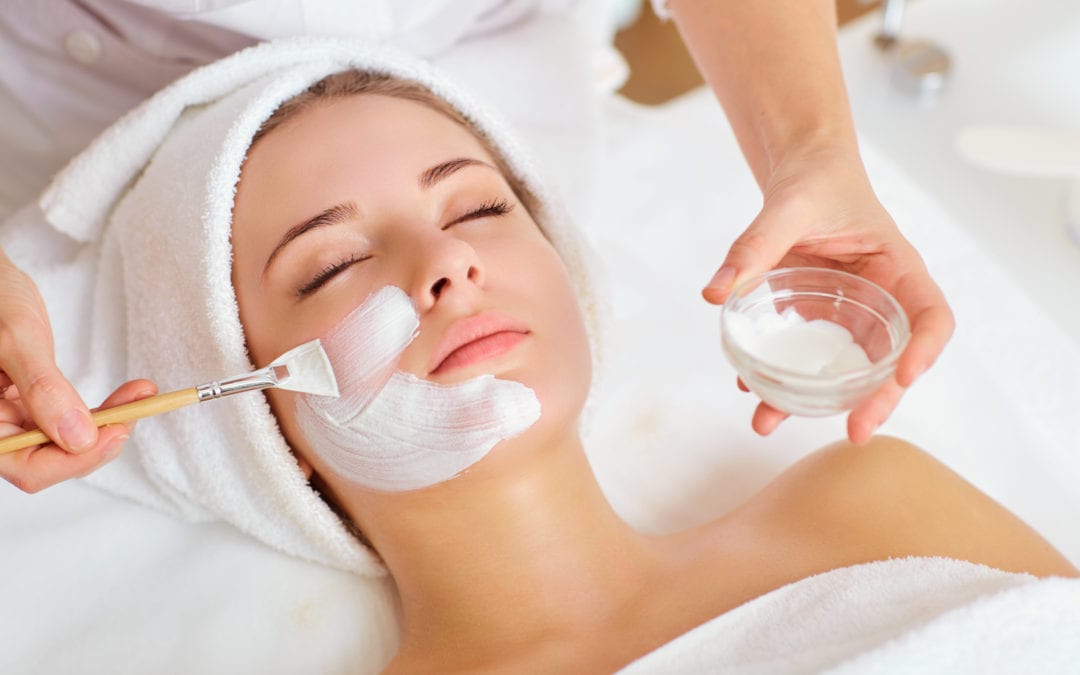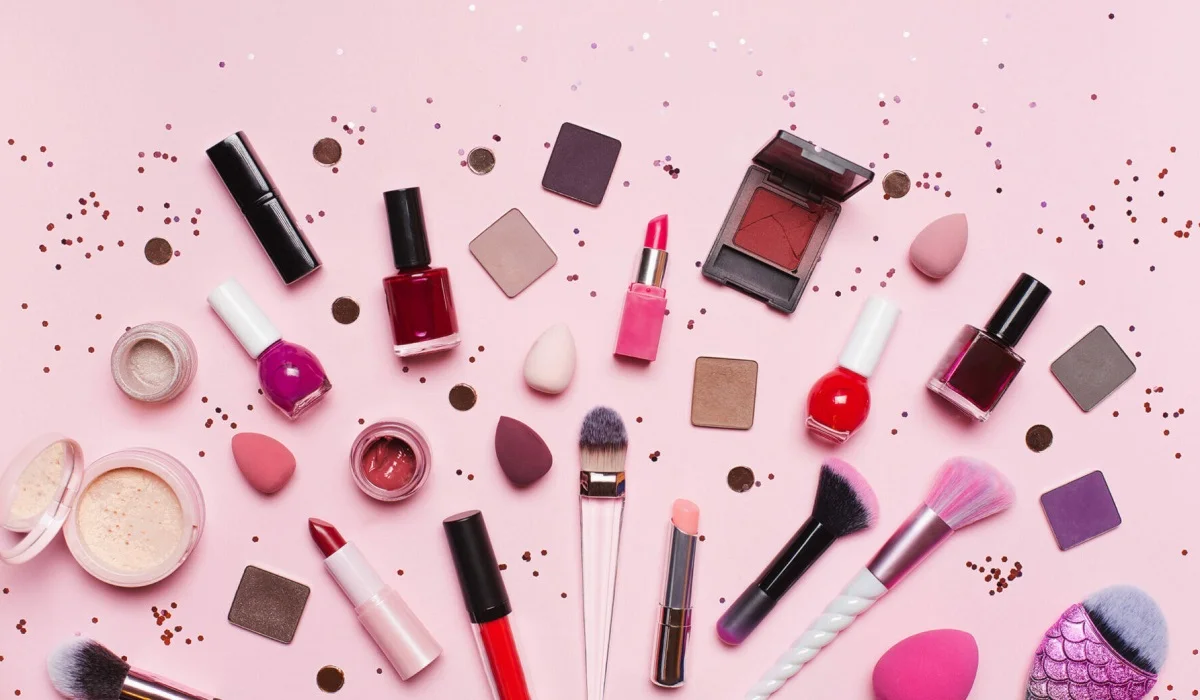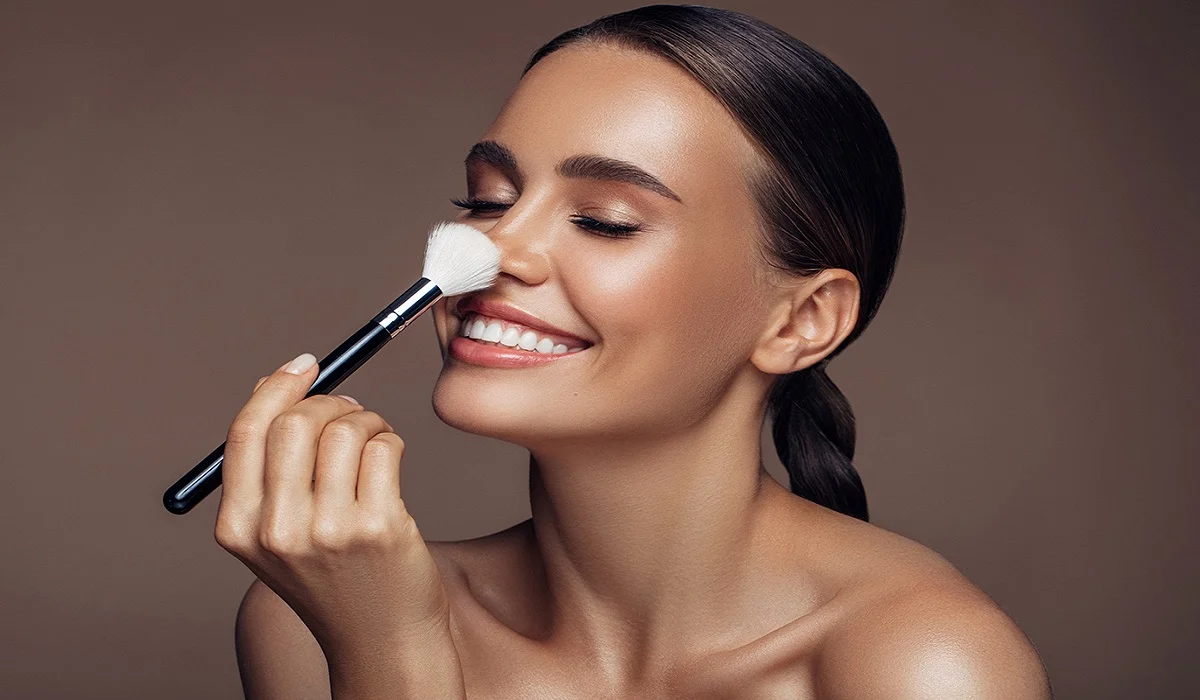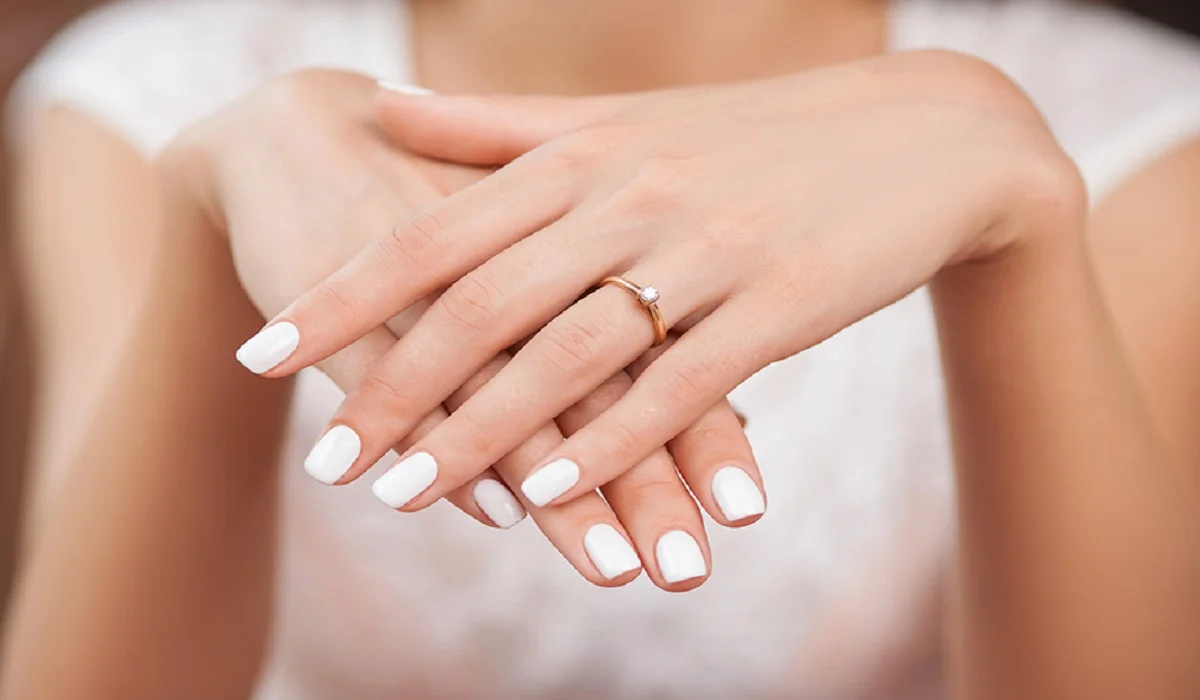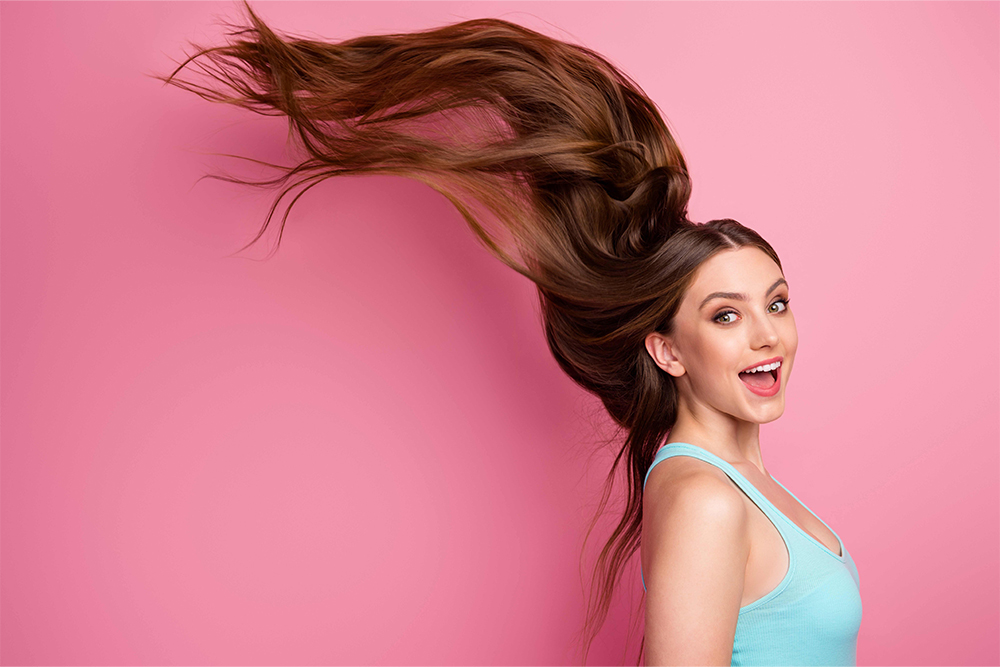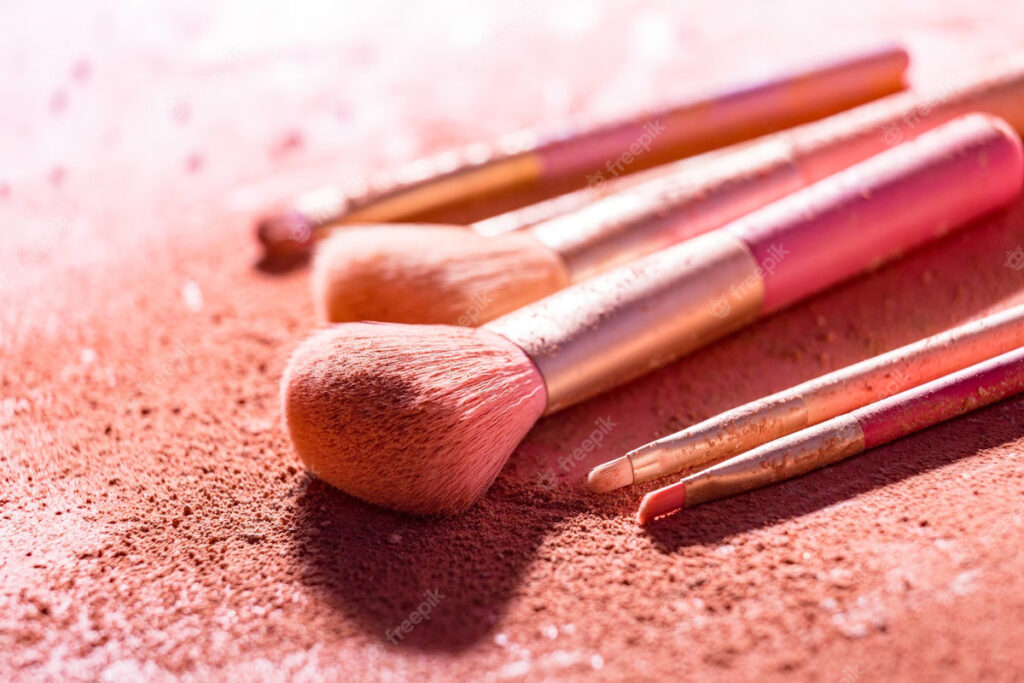
Bronzer is a versatile and beloved makeup product that adds warmth, dimension, and a healthy sun-kissed glow to your complexion. However, achieving a flawless bronzed look requires more than just the right product; it also depends on the tools you use. When it comes to applying bronzer, selecting the appropriate brush is essential. The brush you choose can influence the application, blending, and overall outcome of your bronzer. In this comprehensive guide, we will explore the different types of brushes available for bronzer application, their unique characteristics, and how to pick the perfect one for your makeup routine.
The Importance of the Right Brush
Before delving into the various types of brushes, it’s important to understand why choosing the right brush for bronzer application matters:
- Precision: Different brushes offer varying levels of precision. The right brush allows you to control the placement of bronzer, ensuring that it goes exactly where you want it.
- Blending: The correct brush can blend bronzer seamlessly into your skin, preventing harsh lines or uneven application. Effective blending is crucial for a natural-looking finish.
- Texture: Brushes come in a range of textures, from densely packed to fluffy. The texture of the brush affects how bronzer adheres to your skin and how easily it can be diffused.
- Product Pickup: Some brushes pick up more product than others. Using a brush that’s too dense can result in excessive bronzer application, while a lighter brush may not pick up enough product.
- Finish: Depending on the brush you choose, you can achieve different bronzer finishes. Whether you want a subtle, sun-kissed glow or a more sculpted, contoured look, the brush plays a crucial role.
Types of Brushes for Bronzer Application
- Powder Brush:
- Characteristics: Powder brushes are typically large, fluffy brushes with soft, long bristles. They come in various shapes, such as round, flat, or angled.
- Best for: Powder brushes are versatile and work well for applying bronzer in a diffuse, all-over manner. They’re great for achieving a natural, sun-kissed look.
- How to Use: Swirl the brush in your bronzer, tap off the excess, and then apply it to the areas where the sun naturally hits your face: the tops of your cheekbones, the bridge of your nose, your forehead, and your chin. Use a light hand to build up the color gradually.
- Kabuki Brush:
- Characteristics: Kabuki brushes are dense and have short, tightly packed bristles. They often have a flat or rounded top.
- Best for: Kabuki brushes are excellent for applying bronzer with precision and intensity. They work well for contouring and creating defined cheekbones.
- How to Use: Dip the brush lightly into your bronzer and tap off excess. Apply the bronzer in controlled areas, such as beneath your cheekbones, along your jawline, and on the sides of your nose. The dense bristles make blending easier.
- Angled Brush:
- Characteristics: Angled brushes have bristles that are cut at an angle, forming a slanted shape. They can be dense or fluffy, depending on the brand and intended use.
- Best for: Angled brushes are ideal for precise bronzer application, particularly for contouring and creating sharp cheekbone definition.
- How to Use: Dip the angled brush into your bronzer, tap off excess, and apply it to the hollows of your cheeks, along your jawline, and on the sides of your nose. The angled shape allows for precise placement.
- Fan Brush:
- Characteristics: Fan brushes have long, thin bristles that are spread out in a fan-like shape.
- Best for: Fan brushes are excellent for achieving a subtle, sheer application of bronzer. They work well for those who prefer a light, natural look.
- How to Use: Swipe the fan brush lightly over your bronzer and gently apply it to the high points of your face, such as your cheekbones, brow bone, and down the center of your nose. The sheer bristles prevent heavy application.
- Duo-Fiber Brush:
- Characteristics: Duo-fiber brushes feature two types of bristles: long, feathery bristles on top and shorter, denser bristles at the base.
- Best for: Duo-fiber brushes offer a blend of precision and diffusion. They are suitable for those who want a balanced, buildable bronzer application.
- How to Use: Swirl the brush in your bronzer, tap off excess, and apply it to the desired areas. The longer bristles provide a light touch, while the shorter bristles help with blending.
- Contour Brush:
- Characteristics: Contour brushes are typically small, densely packed brushes with a narrow, angled shape.
- Best for: As the name suggests, contour brushes are designed for precise contouring with bronzer. They are ideal for creating well-defined cheekbones and facial structure.
- How to Use: Dip the contour brush into your bronzer, tap off excess, and apply it to the areas you want to contour, such as beneath your cheekbones, along your jawline, and on your temples. The narrow shape allows for precise placement.
- Flat-Top Brush:
- Characteristics: Flat-top brushes have a flat, dense top surface with tightly packed bristles.
- Best for: These brushes are versatile and can be used for both bronzer application and blending. They work well for achieving a sculpted look with blended edges.
- How to Use: Dip the flat-top brush into your bronzer, tap off excess, and apply it to the desired areas. The flat surface allows for controlled application, while the density aids in blending.
- Tapered Brush:
- Characteristics: Tapered brushes have bristles that come to a point at the tip, resembling a teardrop shape.
- Best for: Tapered brushes are excellent for precise bronzer application, particularly for highlighting and contouring the nose and cheekbones.
- How to Use: Dip the tapered brush into your bronzer, tap off excess, and apply it to the areas you want to highlight or contour. The pointed tip allows for precise placement and blending.

Choosing the Right Brush for Your Bronzer
Selecting the right brush for your bronzer is a combination of personal preference and the specific look you want to achieve. Here are some factors to consider when choosing the perfect brush:
- Bronzer Type: Consider the texture of your bronzer. Powder bronzers work well with a variety of brushes, while cream or liquid bronzers may require brushes with denser bristles for better blending.
- Desired Finish: Determine whether you want a sheer, natural finish or a more intense, sculpted look. Fluffy brushes like powder or fan brushes are great for a natural finish, while dense brushes like kabuki or angled brushes are better for intensity.
- Application Technique: Think about how you plan to apply your bronzer.
- All-Over Bronzing: If your goal is to achieve an all-over bronzed look, a large and fluffy brush like a powder brush or a duo-fiber brush is suitable. These brushes disperse bronzer evenly, creating a seamless and radiant finish.
- Contouring: For precise contouring, where you want to create shadows and definition, an angled brush or contour brush is the way to go. Their dense bristles allow for precise placement and blending, giving you the sculpted effect you desire.
- Highlighting: If you want to use bronzer as a highlighter to accentuate certain areas, a tapered brush is ideal. Its pointed tip allows for precise application, and you can easily build up the intensity for a radiant glow.
Using Your Chosen Brush for Bronzer Application
Once you’ve selected the perfect brush for your bronzer, follow these steps for effective bronzer application:
- Prep Your Skin: Start with a clean, moisturized face. Applying bronzer on well-hydrated skin ensures a smoother and more even application.
- Choose the Right Bronzer Shade: Select a bronzer shade that complements your skin tone. For fair skin, opt for a lighter bronzer, and for deeper skin tones, choose a bronzer that is richer in pigment.
- Dip and Tap: Gently dip your chosen brush into the bronzer, ensuring you pick up just enough product. Tap off any excess bronzer by lightly tapping the brush against your hand or a tissue.
- Application Technique: Apply bronzer according to your desired technique – all-over bronzing, contouring, or highlighting – depending on the brush you’ve selected.
- For all-over bronzing, use a large, fluffy brush and sweep bronzer across the high points of your face where the sun naturally hits.
- For contouring, use a dense, angled brush to apply bronzer in the hollows of your cheeks, along your jawline, and on the sides of your nose.
- For highlighting, use a tapered brush to apply bronzer to the areas you want to emphasize, such as the tops of your cheekbones, brow bone, and down the center of your nose.
- Blend and Build: Blend the bronzer into your skin using light, circular motions. Blending is key to achieving a natural look. If you want more intensity, you can gradually build up the bronzer by repeating the application and blending process.
- Check in Natural Light: After applying bronzer, always check your makeup in natural light to ensure it looks balanced and seamless.
- Clean Your Brush: Regularly clean your bronzer brush to prevent product buildup and ensure a smooth application. Use a brush cleaner or mild soap and water, and allow the brush to dry thoroughly.
Choosing the right brush for bronzer application is a vital step in achieving a flawless makeup look. The type of brush you select influences the precision, blending, and overall finish of your bronzer. Whether you’re aiming for a subtle sun-kissed glow or a sculpted, contoured appearance, there’s a perfect brush for every technique and preference. By considering your desired outcome, skin type, and application technique, you can confidently select the ideal brush to enhance your makeup routine and bring out your natural radiance.

